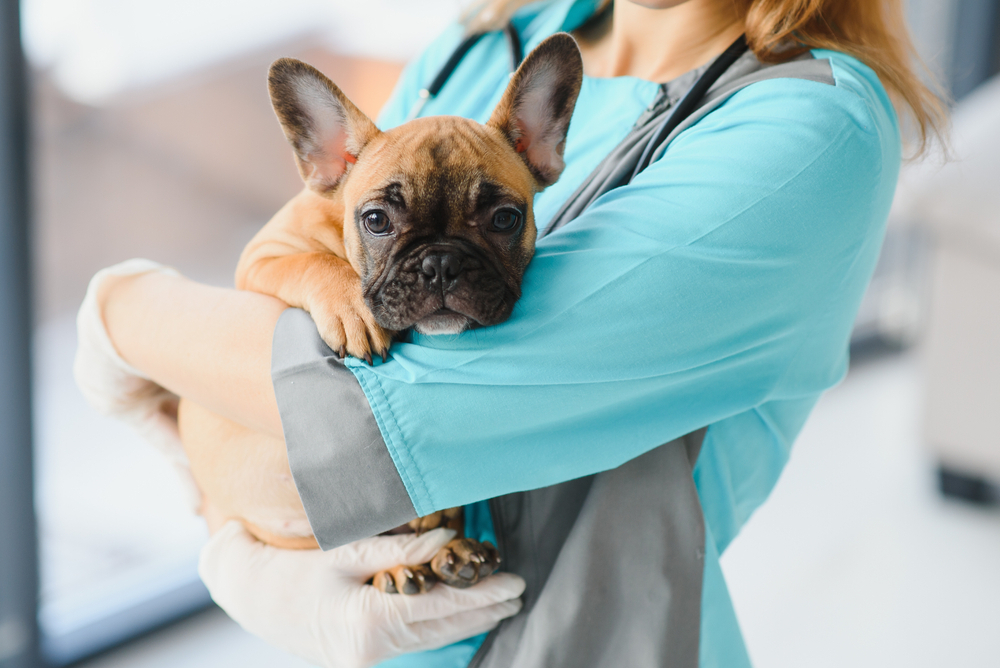Dog cytology is deliberately used to examine the vaginal cell lines of bitches that help in determining the optimal time for breeding. During different stages of the estrus cycle, the vaginal cells undergo changes in appearance and behaviour, which can be observed under a microscope. By analysing these changes, veterinarians can predict when the dog is most fertile and increase the chances of a successful pregnancy.
Cytology is done on female dogs at various stages of the ovulation period to help determine the optimum time to breed and improve pregnancy success. This is because the type of cells present in the vagina is different depending on the stage of pregnancy.
Dog Cytology involves taking a swab of the vaginal wall and examining the cells under a microscope. The timing of the swab depends on the individual dog’s estrus cycle. But (as mentioned above), it is typically done multiple times throughout the cycle to monitor changes and pinpoint the optimal time for breeding. By using Dog cytology in conjunction with other techniques like progesterone testing and ultrasound, breeders can increase their chances of producing healthy litters.
Book a grooming to make your pet looks amazing. We care about you little friends.
"*" indicates required fields
Vaginal cytology can help to determine the date at which your dog will ovulate, so you can inseminate your dog at the optimum time and increase the chance of obtaining a pregnancy. The rise in oestrogen happens during proestrus and drops prior to the luteinising hormone or LH surge. The cells within the vaginal tract cornify because of the oestrogen levels increase, and this can be seen by performing a vaginal smear.

There are basically four stages of the female oestrus cycle that need to observe;
During the proestrus stage, the dog’s body prepares for potential mating. This phase typically lasts for around nine days but can vary from dog to dog. Hormonal changes may lead to increased restlessness, frequent urination, and changes in appetite. Vaginal cytology will show mixed types of cells, often with red blood cells.
Estrus is the stage where the dog is most fertile and receptive to mating. It usually occurs around the tenth day of the oestrus cycle and lasts for about nine days. Vaginal cytology shows predominantly cornified (flattened) epithelial cells.
This is the stage following oestrus and typically lasts for approximately two months. During this stage, the dog’s reproductive system prepares for pregnancy, even if mating does not occur. Some dogs may show signs of irritability or aggression due to hormonal fluctuations. Cytology shows a shift back to basal cells, with fewer red blood cells than in proestrus.
Anestrus is the resting phase of the oestrus cycle. It is a period of inactivity and hormonal stability that can last for several months, particularly about four months. Cytology shows basal cells.
Depending on the bitch, A bitch can go into ovulation anytime for up to 14 days unless the bitch has had a split season. Small dogs tend to come into ovulation period earlier than bigger dogs and the opposite for larger dogs.
We are qualified to do dog cytology with the customer’s permission at K9 Clinics. There is no harm caused to the dog while we do the procedures.
Chat Now